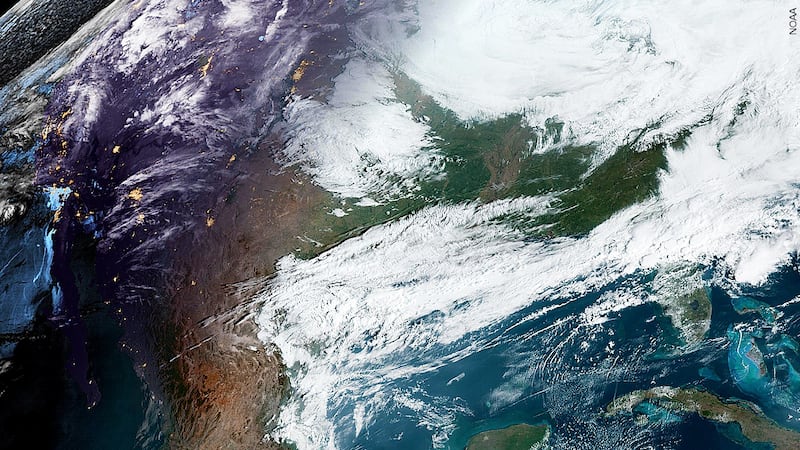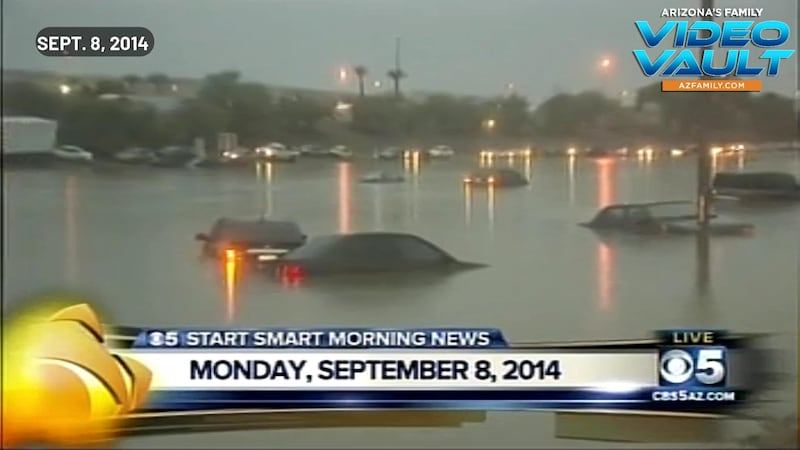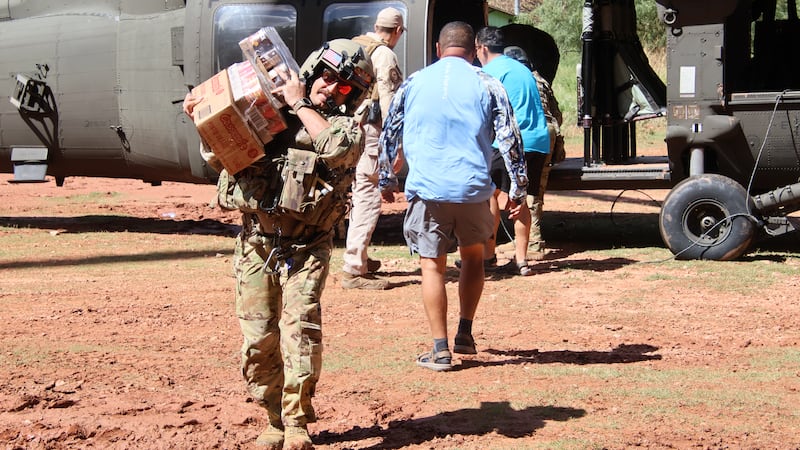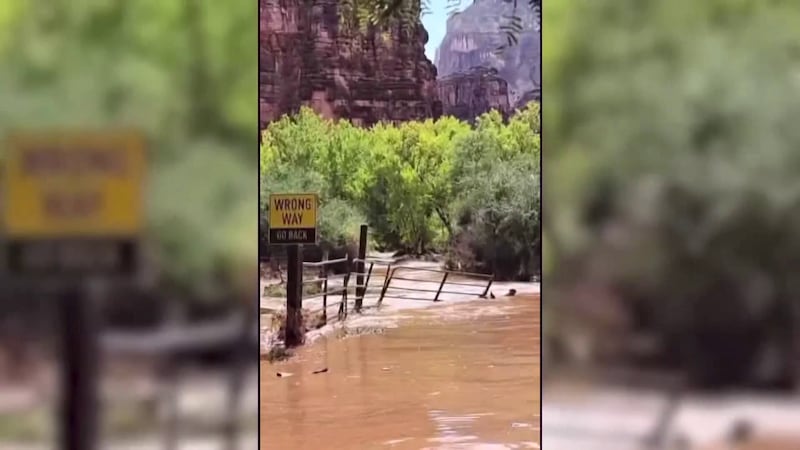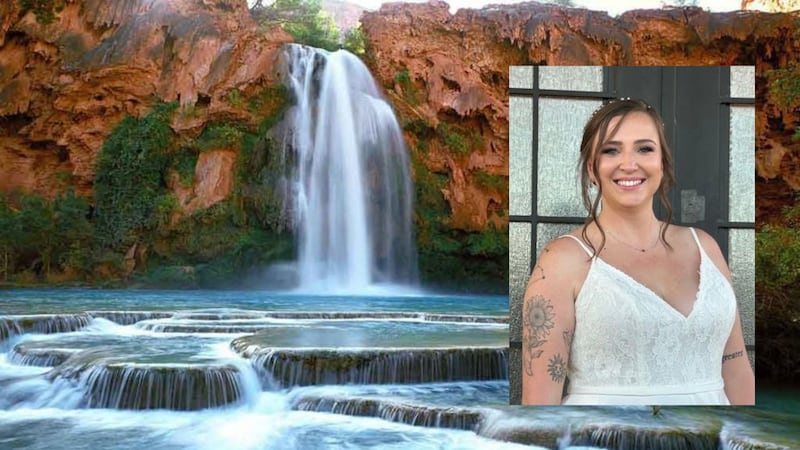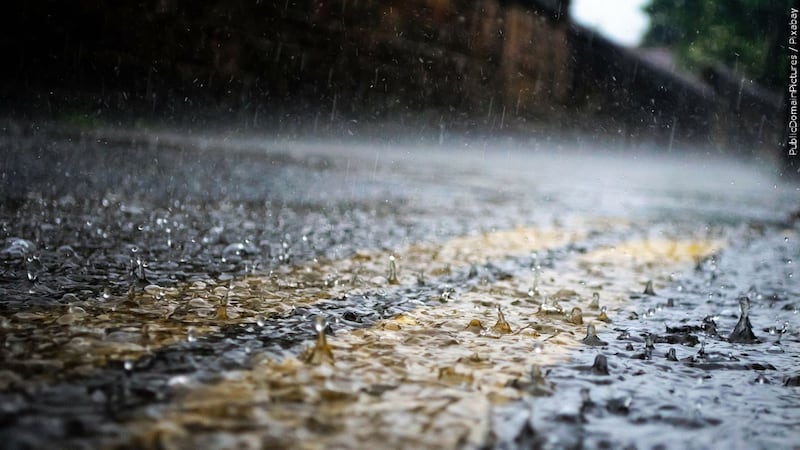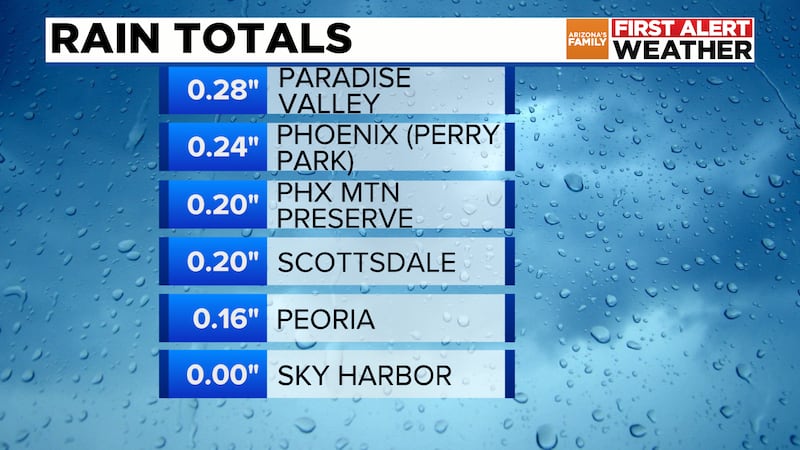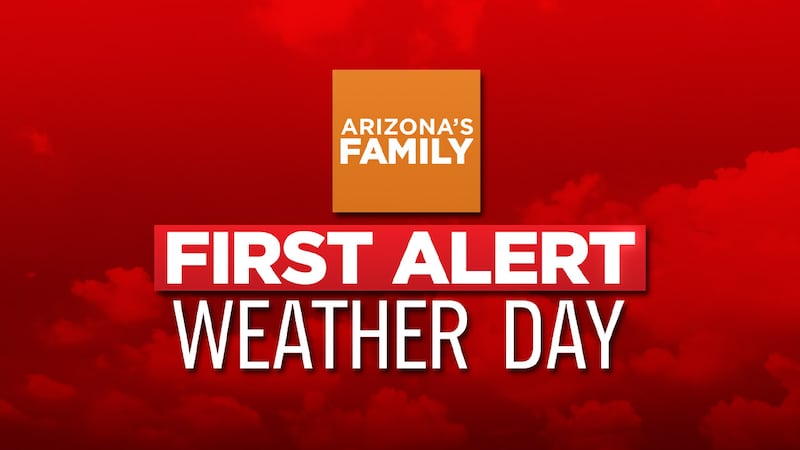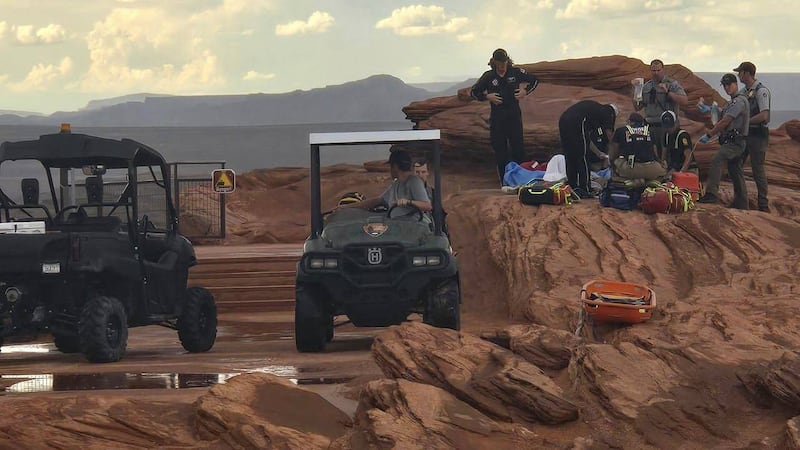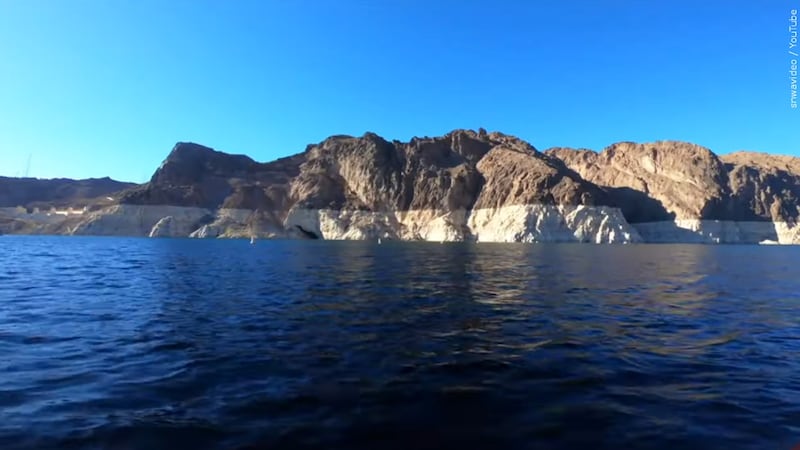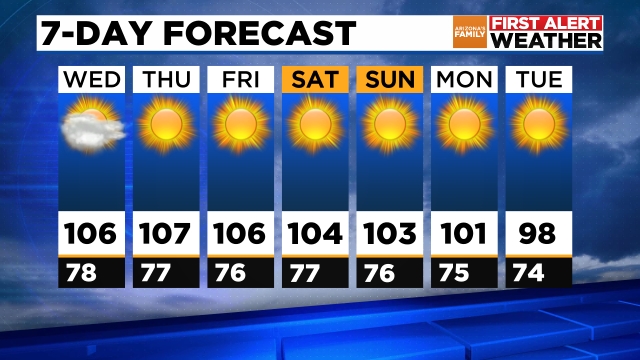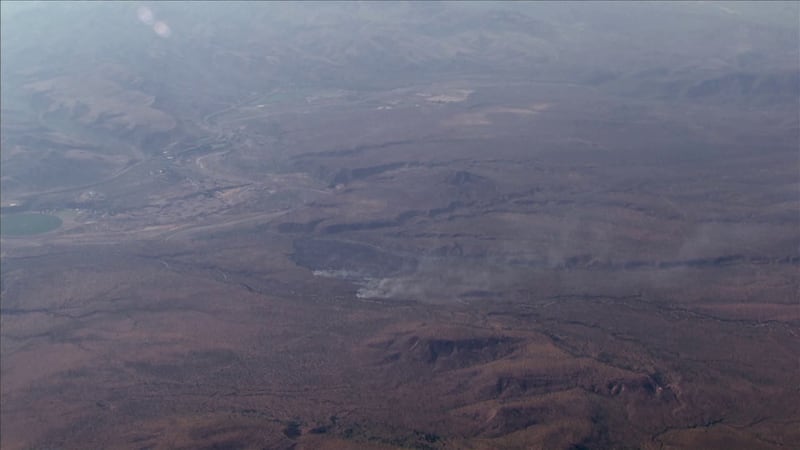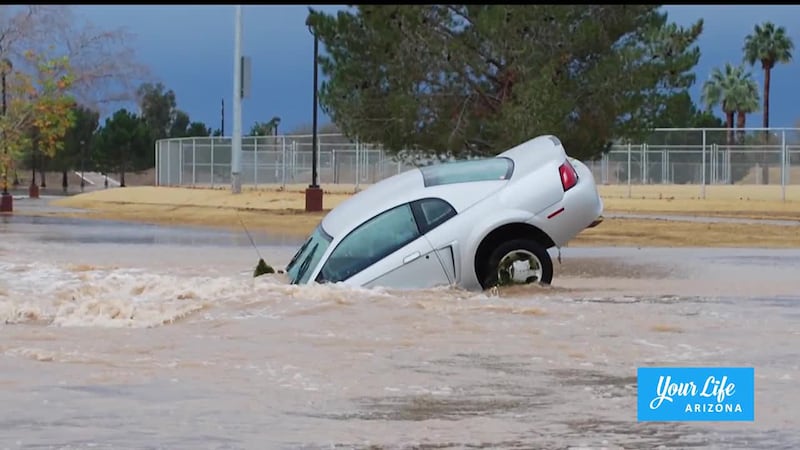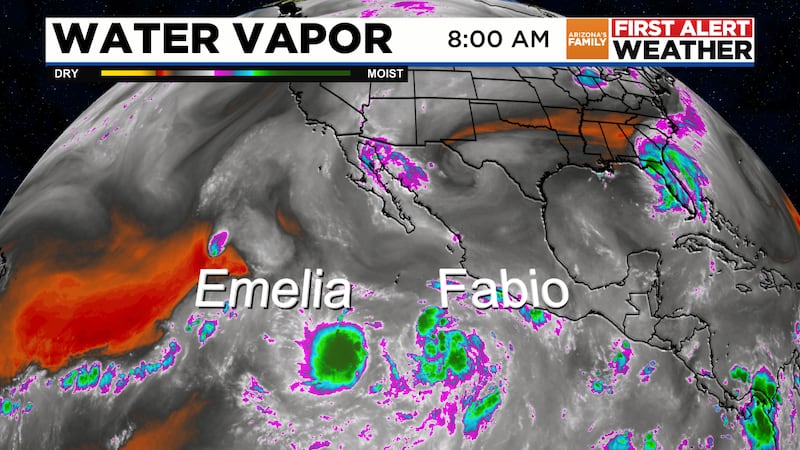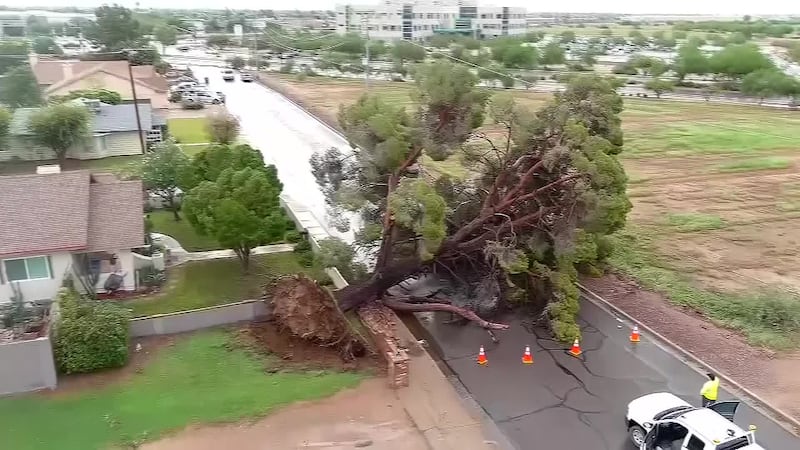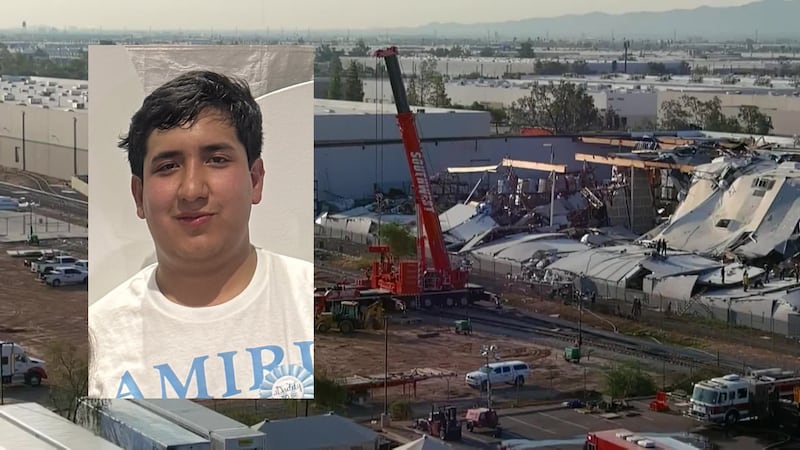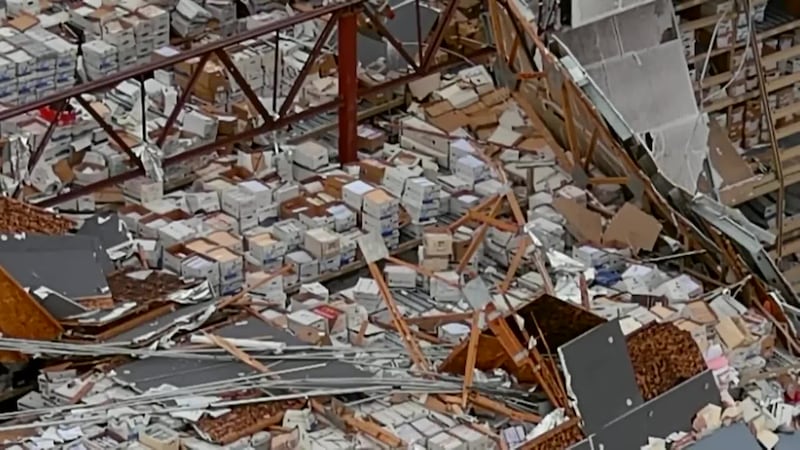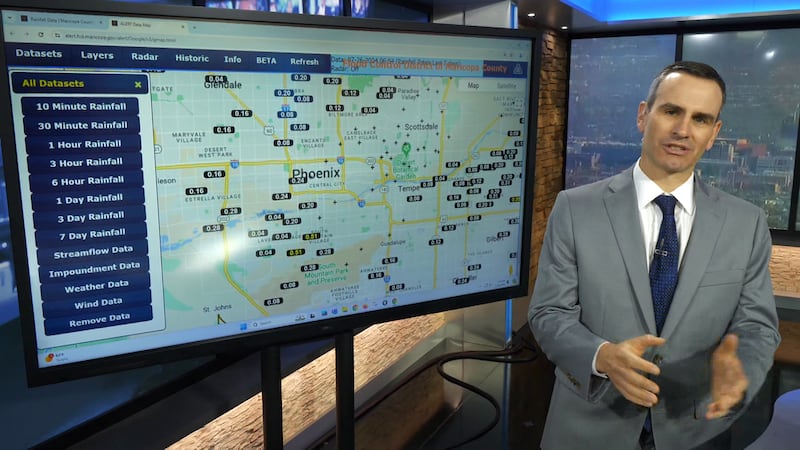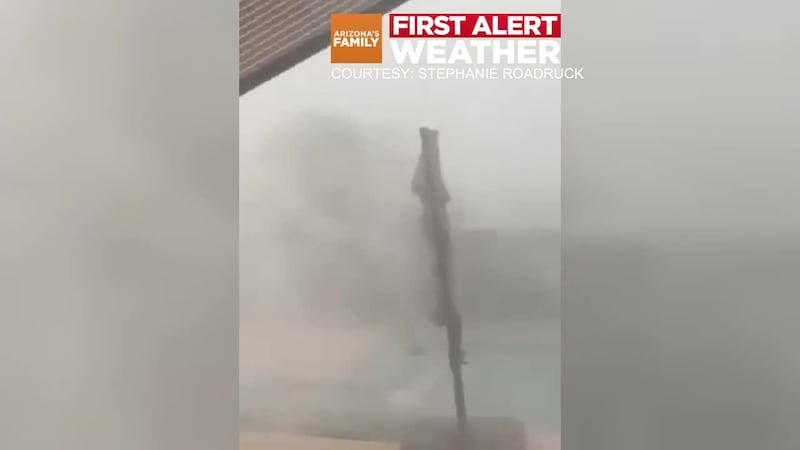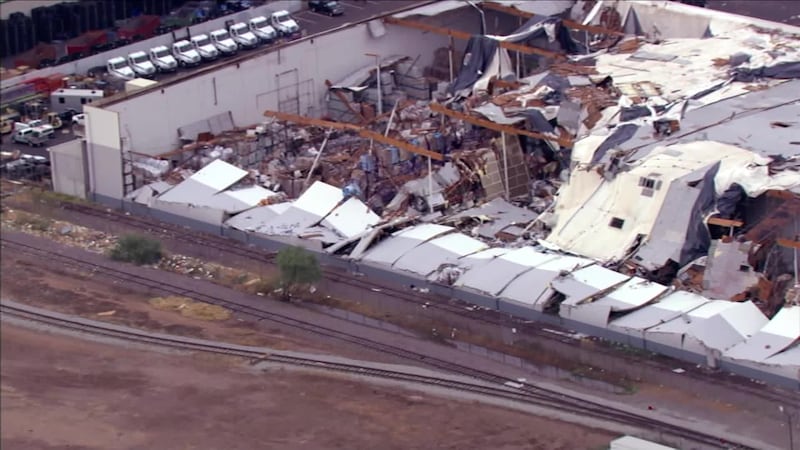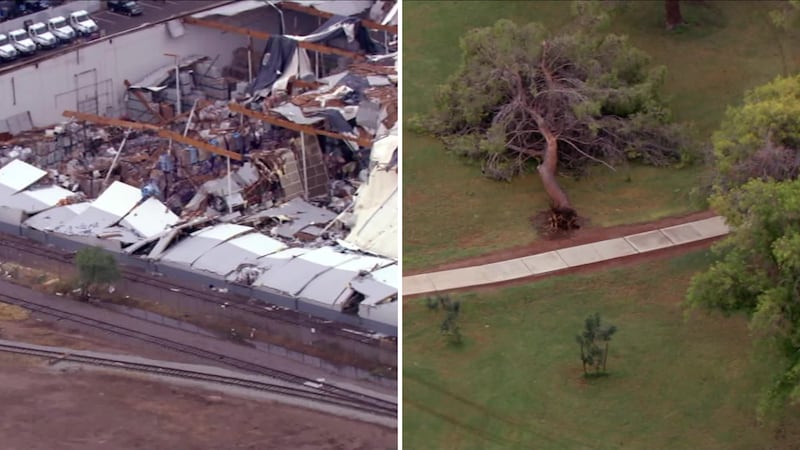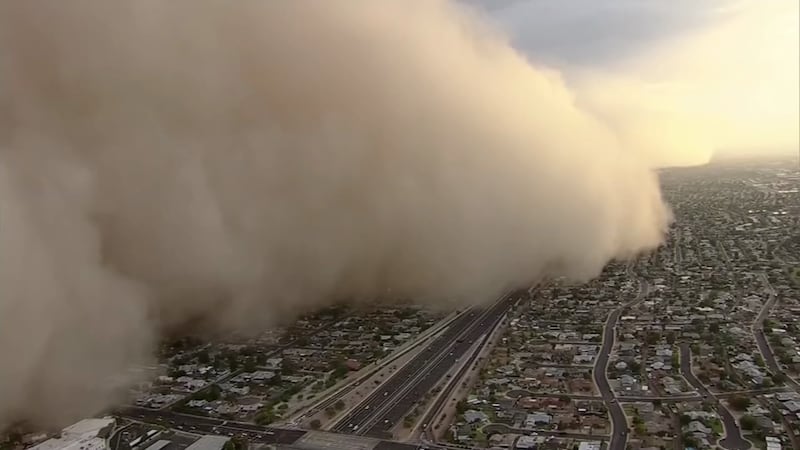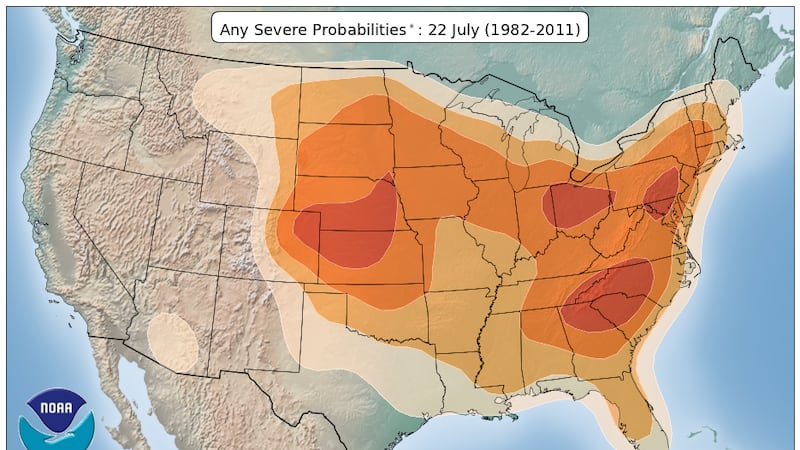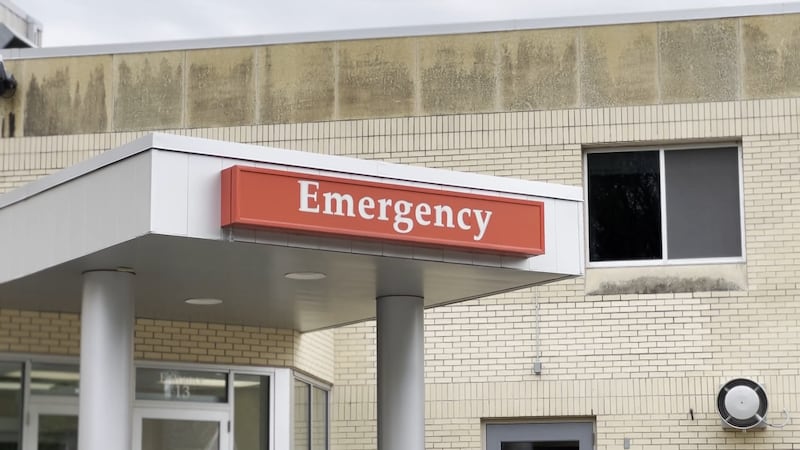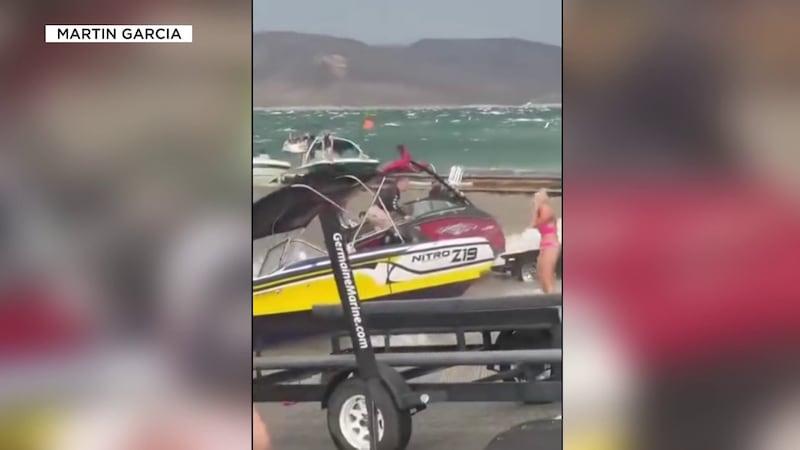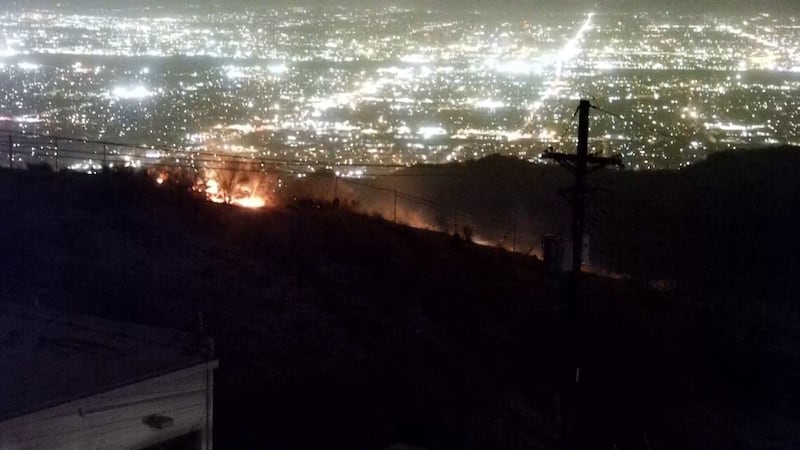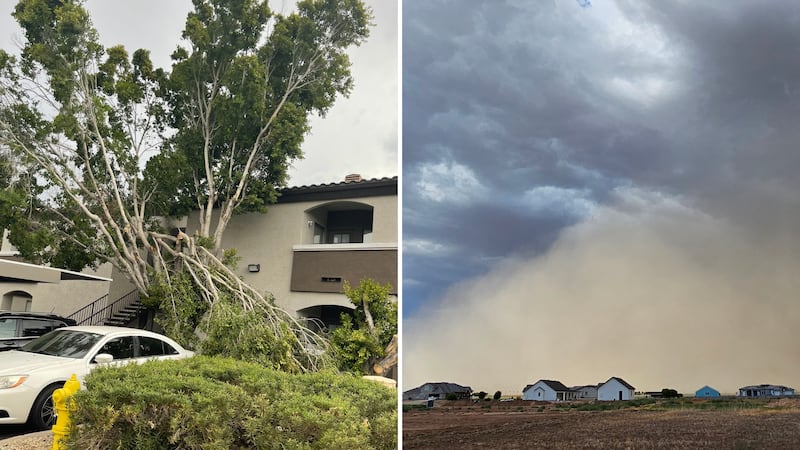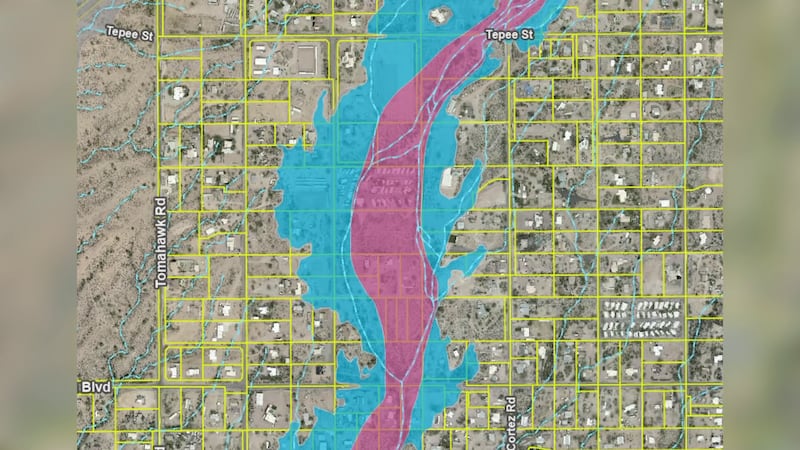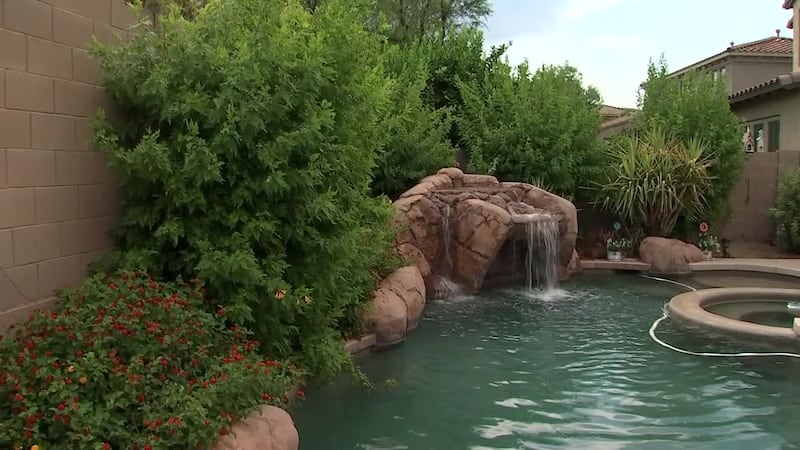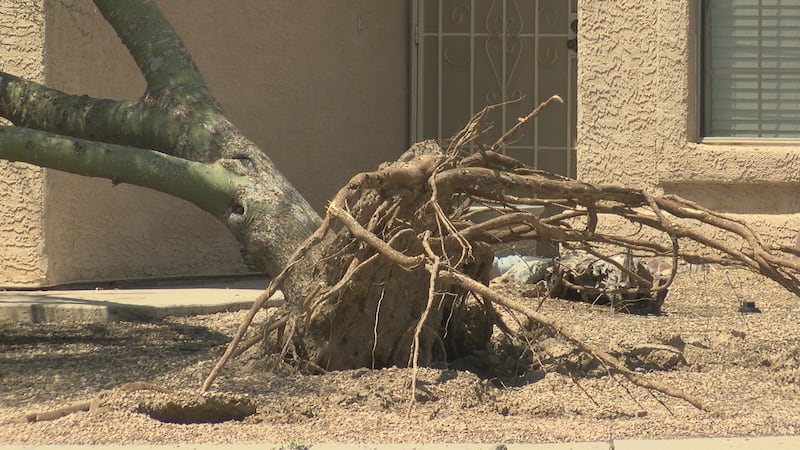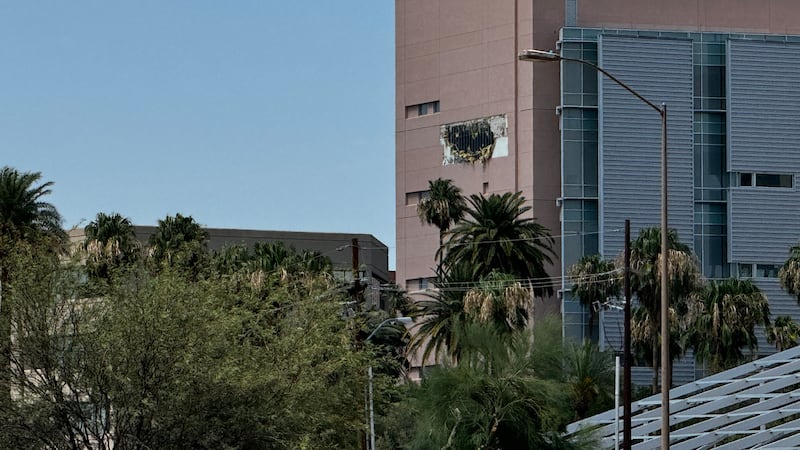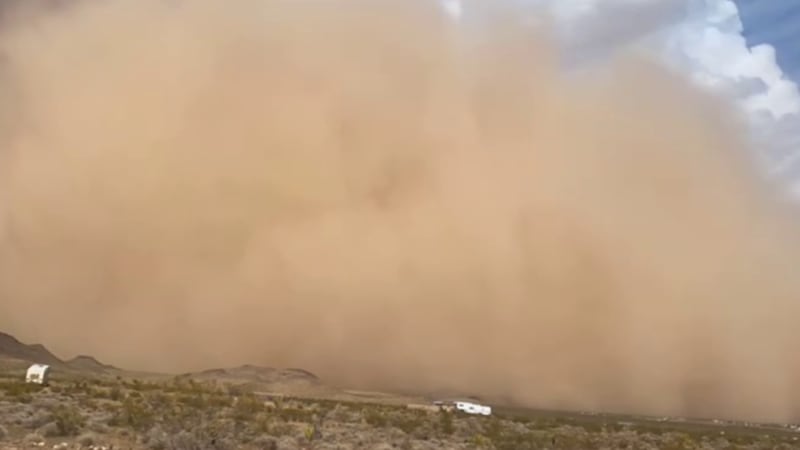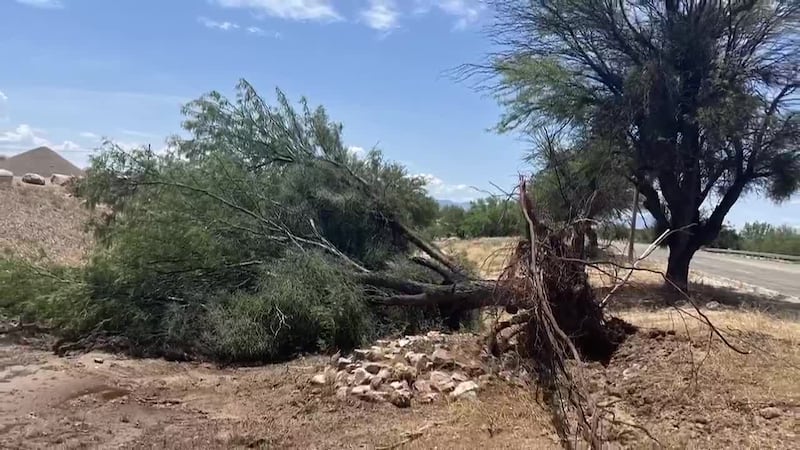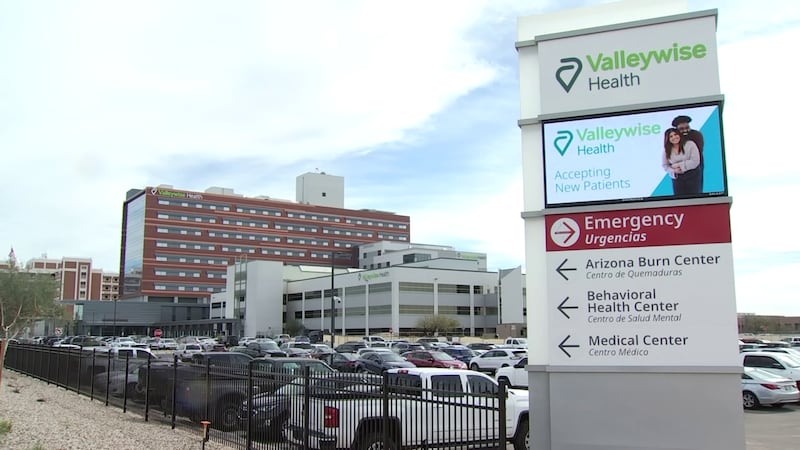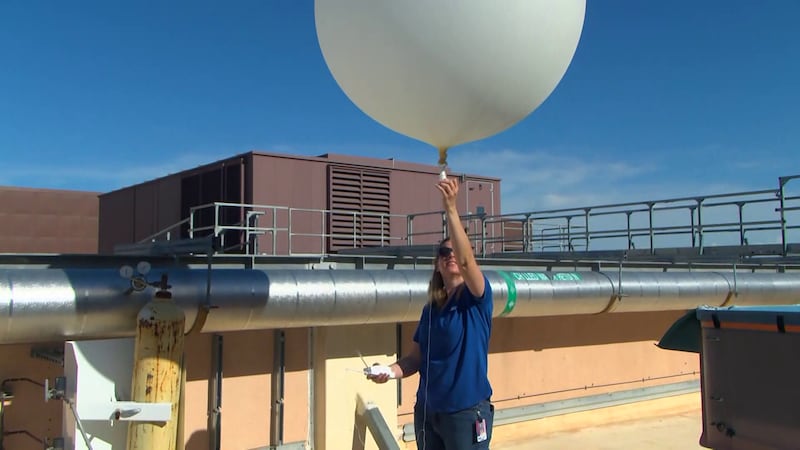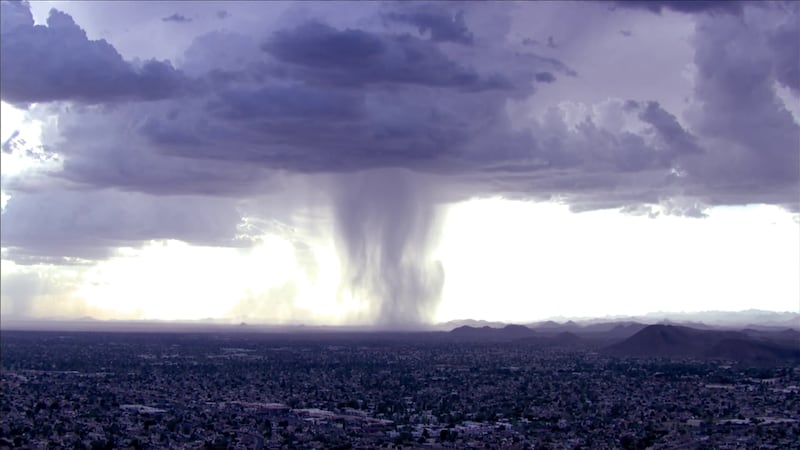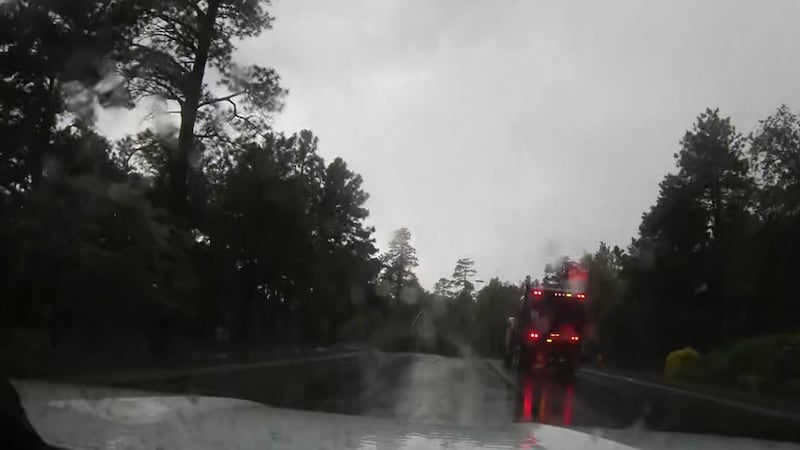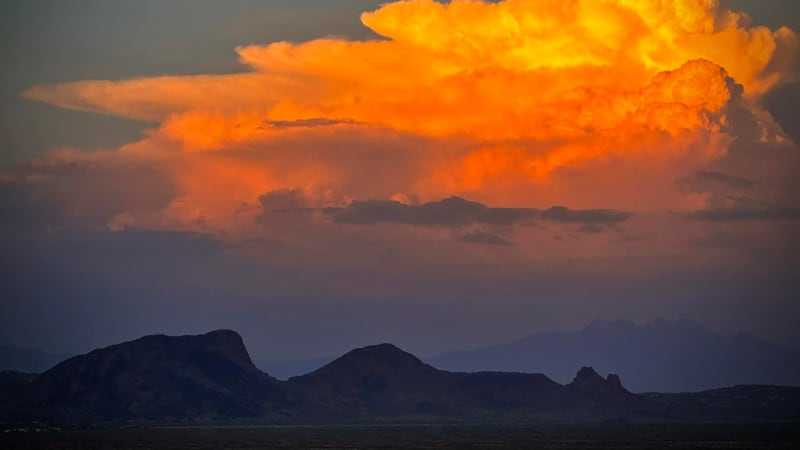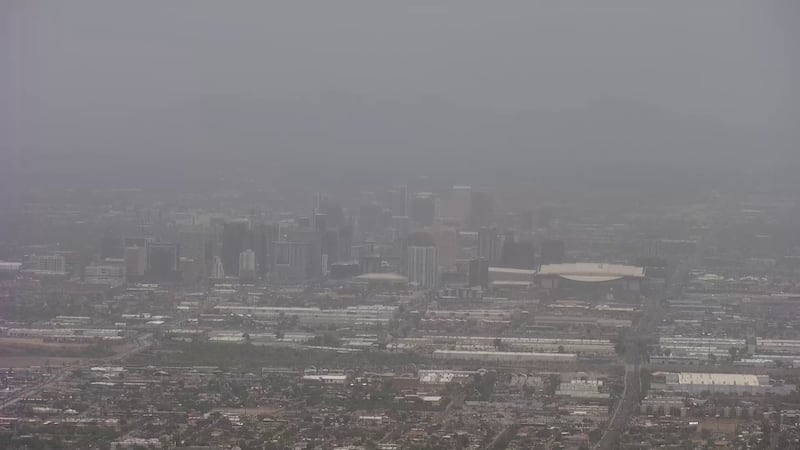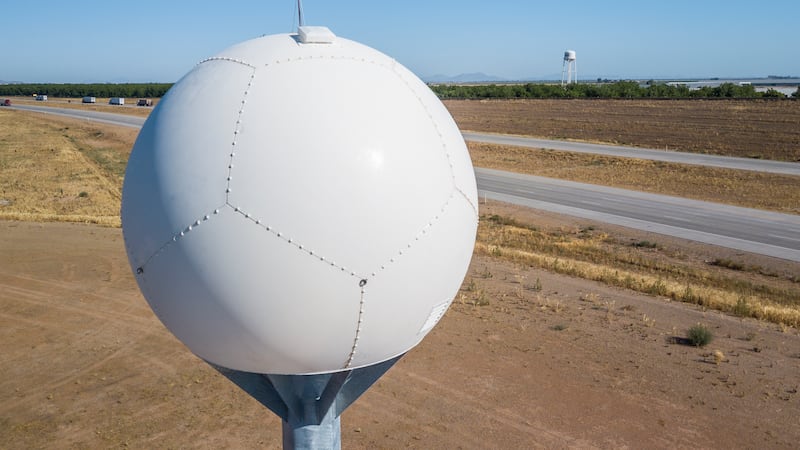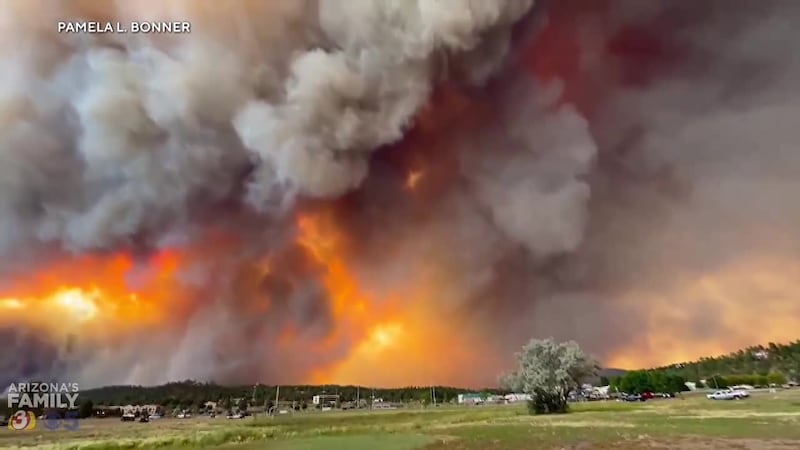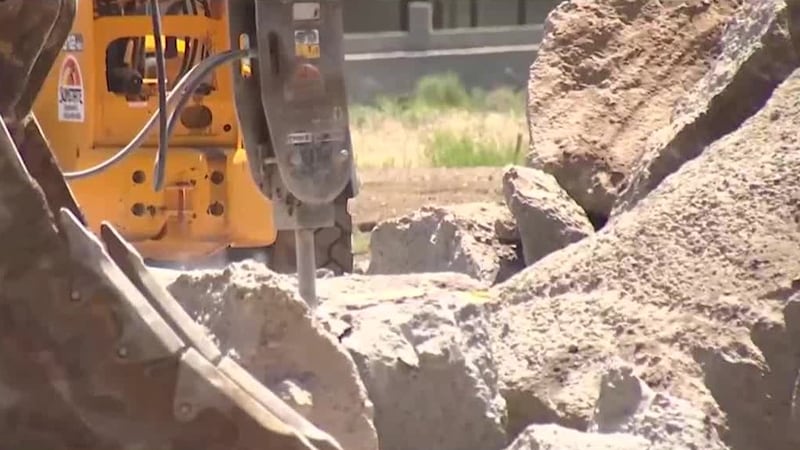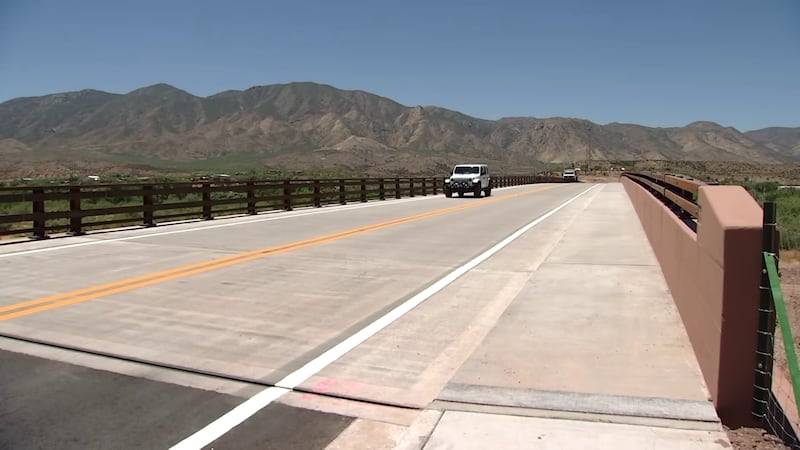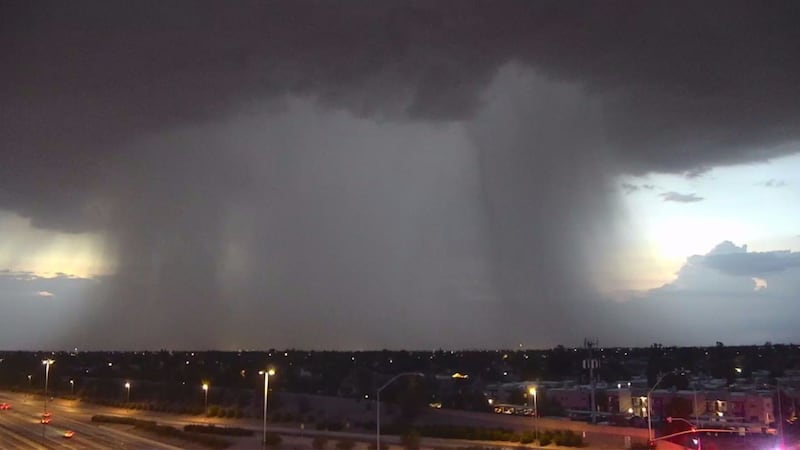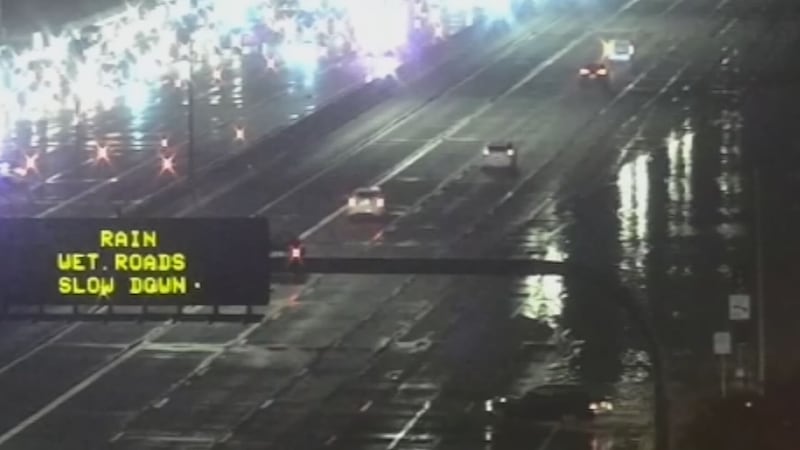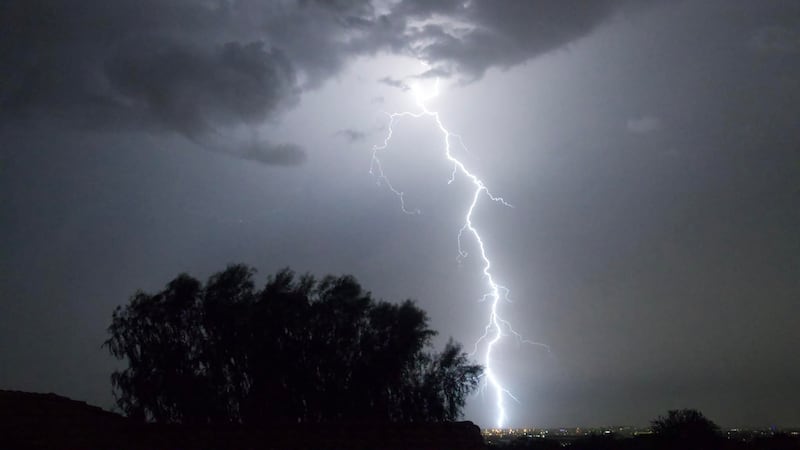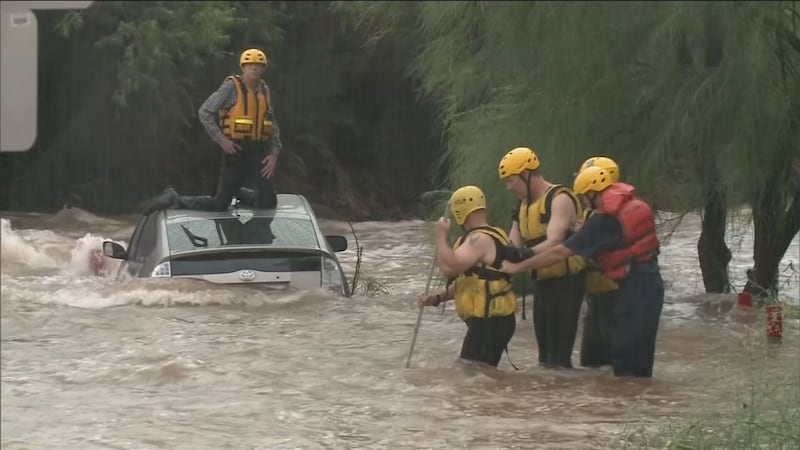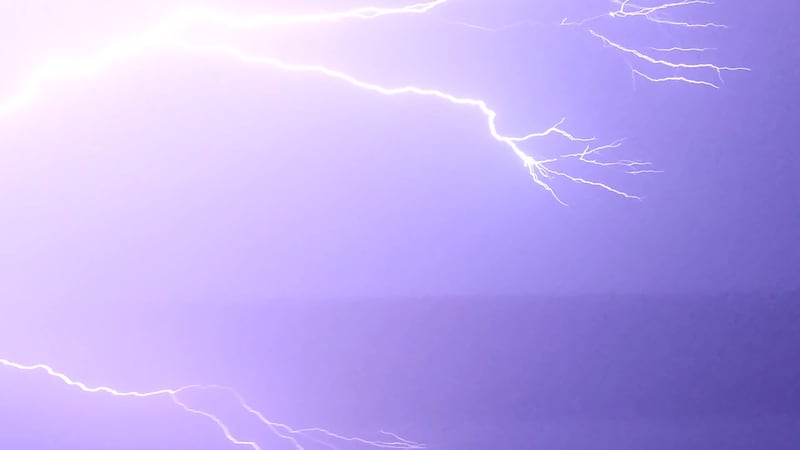Skip to content
Updated: Oct. 2, 2024 at 8:57 AM MST
|By Pete Mangione
Monsoon season is officially over, and the numbers are in. For Phoenix, it was the hottest and seventh driest monsoon on record.
Updated: Sep. 9, 2024 at 4:08 PM MST
|By Jason Sillman
The morning of September 8, 2014, was far from ordinary. Streets in Phoenix and the Valley turned into rivers, freeway underpasses became lakes, leaving countless commuters stranded or delayed.
Updated: Aug. 27, 2024 at 10:31 PM MST
|By Holly Bock
The Arizona National Guard that rescued more than 100 people stuck due to flash flooding in the Havasupai Falls says it was one of the largest missions ever completed.
Updated: Aug. 26, 2024 at 7:45 PM MST
|By David Baker and Royal Norman
A weather gauge in Cataract Creek shows how high and fast the water level rose because of severe monsoon storms in the Grand Canyon.
Updated: Aug. 24, 2024 at 12:07 PM MST
|By Mitchell Koch, Ian Schwartz, Alexis Cortez and David Baker
Arizona Governor Katie Hobbs activated the Arizona National Guard to help with the flooding in the Havasupai Tribal Community.
Updated: Aug. 23, 2024 at 10:00 AM MST
|By Pete Mangione
Phoenix officially recorded 0.80″ of rainfall on August 23, 2012. That’s almost an entire month’s worth of rain, and about one-third of the normal monsoon grand total.
Updated: Aug. 21, 2024 at 10:53 AM MST
|By Pete Mangione
Some storms rolled through parts of the Valley late Tuesday night into Wednesday morning and as usual, the “winners and losers” of rainfall totals were separated by very small distances.
Updated: Aug. 13, 2024 at 7:45 PM MST
|By AZFamily Digital News Staff
What does 'First Alert Weather Days' on AZFamily forecasts mean? Here are some frequently asked questions and answers to help explain.
Updated: Aug. 13, 2024 at 3:29 PM MST
|By Ben Bradley
Two young women were airlifted to a hospital after they were struck by lightning during severe weather in Page, Ariz. on Monday.
Updated: Aug. 9, 2024 at 1:19 PM MST
|By Pete Mangione
The weekly report from the U.S. Drought Monitor was released Thursday, and it shows despite some dry areas, most of Arizona is not in a drought right now.
Updated: Aug. 9, 2024 at 11:37 AM MST
|By Mitchell Koch and Holly Bock
Recreation sites and campgrounds are at Bartlett and Horseshoe lakes due to multiple wildfires.
Updated: Aug. 7, 2024 at 10:44 AM MST
|By Darrell J. Cunningham
Even though Maricopa County is in a desert, flooding is a very real threat. The intense rains of summer monsoon storms bring flash flooding you usually dry washes.
Updated: Aug. 5, 2024 at 11:03 AM MST
|By Pete Mangione
Hurricane activity in the eastern Pacific Ocean may help fuel Arizona monsoon storms this week.
Updated: Jul. 27, 2024 at 7:53 PM MST
|By Jason Barry
Monsoon storms can cause big trees to crash down causing property damage that could have been prevented if homeowners had taken some simple precautions.
Updated: Jul. 27, 2024 at 4:31 PM MST
|By Alexis Cortez, Micaela Marshall and Ben Bradley
A Valley family is desperately waiting as crews continue to search through rubble for a missing warehouse worker.
Updated: Jul. 26, 2024 at 5:41 PM MST
|By Alexis Cortez, Gibby Parra and Steven Sarabia
The roof of a large commercial building partially collapsed during a monsoon storm in west Phoenix on Wednesday.
Updated: Jul. 26, 2024 at 11:37 AM MST
|By Pete Mangione
It’s been a stormy week in Arizona, and we wanted to see just how much rain fell in the Valley.
Updated: Jul. 25, 2024 at 11:14 PM MST
|By Royal Norman and David Caltabiano
Both sides of the Phoenix area got some rain and lightning on Thursday.
Updated: Jul. 25, 2024 at 2:22 PM MST
|By David Baker and AZFamily Digital News Staff
Monsoon storms were active Wednesday across parts of Arizona, including the Phoenix area, knocking out power to thousands of people and a microburst caused serious damage.
Updated: Jul. 25, 2024 at 11:43 AM MST
|By Pete Mangione
Microbursts have caused downed trees, power outages, and other damage in the Phoenix metro area, but how are they caused?
Updated: Jul. 24, 2024 at 5:15 PM MST
|By Pete Mangione and Ian Schwartz
During summer monsoons in Arizona, thunderstorms often form in areas near foothills, mountains, and sometimes parts of the Phoenix area.
Updated: Jul. 24, 2024 at 1:00 PM MST
|By Pete Mangione
Is this a typical time of the year when we get severe thunderstorms in the Valley?
Updated: Jul. 23, 2024 at 10:09 AM MST
|By Katherine Patterson
Storms have been kicking up dust, making it a nightmare for those with allergies and asthma.
Updated: Jul. 23, 2024 at 1:55 AM MST
|By Lauren Kobley
Dozens of boats were destroyed, and 30 people were rescued at Lake Pleasant during Sunday's monsoon.
Updated: Jul. 21, 2024 at 11:47 PM MST
|By AZFamily Digital News Staff
Fire officials said a lightning strike likely caused a brush fire that burned on South Mountain in Phoenix late Saturday
Updated: Jul. 21, 2024 at 10:52 PM MST
|By Holly Bock
Storms move through mostly north and western parts of the Phoenix metro area late Sunday afternoon.
Updated: Jul. 19, 2024 at 10:28 PM MST
|By Steven Sarabia
Some people living in Apache Junction are learning this week their homes are now in flood zones.
Updated: Jul. 19, 2024 at 7:06 PM MST
|By Morgan Loew and Cody Lillich
An agreement has finally been signed, linking weather information from a radar site in rural Arizona to weather forecasters to better detect dust storms forming in a critical area.
Updated: Jul. 18, 2024 at 10:48 AM MST
|By Pete Mangione
FilterClean owner Page Gray shared tips with Arizona's Family about how homeowners can keep their pools clean as monsoon season ramps up.
Updated: Jul. 17, 2024 at 6:10 PM MST
|By John Macaluso
Local horticulturist recommends replanting downed trees with native species.
Updated: Jul. 15, 2024 at 7:41 PM MST
|By Bud Foster
The cost to clean up following Sunday's storm could cost Tucson and Pima County millions.
Updated: Jul. 12, 2024 at 9:49 PM MST
|By Sean McLaughlin
A massive wall of dust hit northwestern Arizona on Friday.
Updated: Jul. 3, 2024 at 6:08 PM MST
|By Peter Valencia
Weather service officials said the twister was reported around 10:45 p.m. near Kolb and Valencia roads, about two miles north of Interstate 10.
Updated: Jul. 2, 2024 at 9:38 AM MST
|By Alexis Dominguez
The Arizona Burn Center in Phoenix says doctors have treated dozens of patients for heat-related burns.
Updated: Jun. 28, 2024 at 8:20 PM MST
|By Mickaela Castillo
A group of Arizona meteorologists are hard at work behind the scenes, hoping to predict storms before they arrive.
Updated: Jun. 26, 2024 at 9:52 AM MST
|By Pete Mangione
The beginning of monsoon season has already broken rainfall records in four Arizona cities.
Updated: Jun. 25, 2024 at 1:11 PM MST
|By AZFamily Digital News Staff and Mason Carroll
Coconino County officials have lifted a shelter-in-place order for a community in Flagstaff after a round of monsoon weather hit several communities.
Updated: Jun. 25, 2024 at 3:58 AM MST
|By Peter Valencia and AZFamily Digital News Staff
The Valley is seeing monsoon activity, and with it comes dust, power outages, and weather delays for air travel.
Updated: Jun. 21, 2024 at 11:36 AM MST
|By Pete Mangione
For the first time in a while, we had a taste of dew points in the 50s in Phoenix on Thursday. On Friday, dew points creeped into the 60s at times.
Updated: Jun. 21, 2024 at 10:24 AM MST
|By Sean McLaughlin and Pete Mangione
Dust picked up from decaying thunderstorms in New Mexico, causing a hazy first day of summer around the Phoenix metro and central and southern Arizona.
Updated: Jun. 20, 2024 at 7:26 PM MST
|By Morgan Loew and Cody Lillich
The radar has not sent data to the National Weather Service (NWS) four years after installation because of bureaucratic regulation delays.
Updated: Jun. 19, 2024 at 10:14 AM MST
|By Pete Mangione
Alberto may bring some positive effects to New Mexico, where several wildfires continue to burn.
Updated: Jun. 18, 2024 at 6:42 PM MST
|By Mason Carroll
Coconino County has spent tens of millions of dollars in post-wildfire flood prevention and that construction will soon be put to the test.
Updated: Jun. 17, 2024 at 5:24 PM MST
|By Holly Bock
The bridge over the Tonto Basin is now officially open.
Updated: Jun. 13, 2024 at 7:56 AM MST
|By Alaina Kwan
From Monsoon to First Alert heat, the summer is a busy season for the Phoenix Fire Department, and especially for its 911 dispatch center.
Updated: Jun. 12, 2024 at 10:19 AM MST
|By Whitney Clark
Arizona’s Family’s Whitney Clark got a behind-the-scenes tour of one of ADOT’s pump stations near State Route 51 and Cactus Road.
Updated: Jun. 5, 2024 at 1:03 PM MST
|By Jeremy Roth, CNN via CNN Newsource
A 4-year-old boy discovered a rare blue-eyed cicada, and experts that have been collecting the bugs for decades say it’s a first.
Updated: May. 31, 2024 at 8:57 AM MST
|By Pete Mangione
The National Weather Service has a 60% chance of hotter-than-normal conditions during the monsoon.
Updated: May. 16, 2024 at 8:09 AM MST
|By Pete Mangione
While it’s fairly uncommon for Pacific hurricanes to make it into Arizona as intact tropical systems, the remnants and moisture from these storms often impact us in the late monsoon season.
Updated: May. 10, 2024 at 9:53 PM MST
|By Pete Mangione and AZFamily Digital News Staff
The Climate Prediction Center is forecasting a 69% chance that La Niña will occur from July through September. What does that mean for the monsoon here in Arizona?
